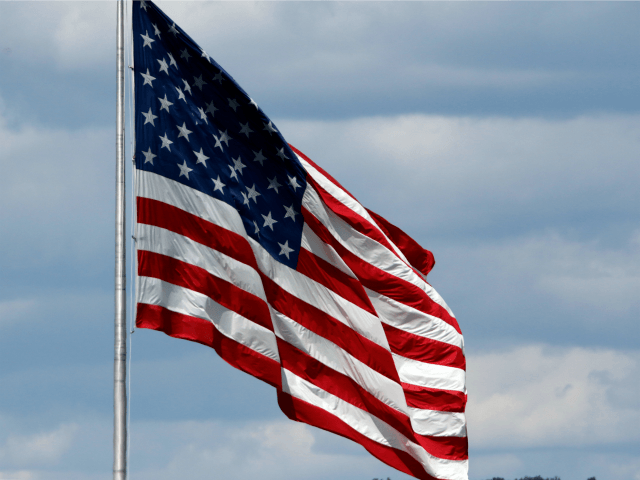Help wanted signs are everywhere so it should not be surprising that employers are letting go of very few workers.
Yet jobless claims continue to beat expectations. New claims for jobless benefits declined by 71,000 to 199,000 in the week ended November 20, the lowest level of initial claims since 1969.
Economists had forecast a smaller decline to 264,000.
The stunning decline in new claims, which are a proxy for layoffs, is a sign that the labor market is recovering. If persistent, the low level of claims could prompt the Federal Reserve to move faster in tapering its bond purchases and eventually raising interest rates. The unexpected drop might also prompt some lawmakers on Capitol Hill to hesitate to authorize the hundreds of billions of dollars of deficit spending included in the Biden administration’s Build Back Better legislative package.
The Associated Press provides additional detail:
The four-week average of claims, which smooths out weekly ups and downs, also dropped — by 21,000 to just over 252,000, the lowest since mid-March 2020 when the pandemic slammed the economy.
Since topping 900,000 in early January, the applications have fallen steadily toward and now fallen below their prepandemic level of around 220,000 a week. Claims for jobless aid are a proxy for layoffs.
Overall, 2 million Americans were collecting traditional unemployment checks the week that ended Nov. 13, down slightly from the week before.
“Overall, expect continued volatility in the headline figures, but the trend remains very slowly lower,” Contingent Macro Advisors wrote in a research note.
Until Sept. 6, the federal government had supplemented state unemployment insurance programs by paying an extra payment of $300 a week and extending benefits to gig workers and to those who were out of work for six months or more. Including the federal programs, the number of Americans receiving some form of jobless aid peaked at more than 33 million in June 2020.
The job market has staged a remarkable comeback since the spring of 2020 when the coronavirus pandemic forced businesses to close or cut hours and kept many Americans at home as a health precaution. In March and April last year, employers slashed more than 22 million jobs.
But government relief checks, super-low interest rates and the rollout of vaccines combined to give consumers the confidence and financial wherewithal to start spending again. Employers, scrambling to meet an unexpected surge in demand, have made 18 million new hires since April 2020 and are expected to add another 575,000 this month. Still, the United States remains 4 million short of the jobs it had in February 2020.
Companies now complain that they can’t find workers to fill job openings, a near-record 10.4 million in September. Workers, finding themselves with bargaining clout for the first time in decades, are becoming choosier about jobs; a record 4.4 million quit in September, a sign they have confidence in their ability to find something better.
Additional fiscal or monetary stimulus now is likely to exacerbate inflation rather than meaningfully improve the job situation in the U.S.

COMMENTS
Please let us know if you're having issues with commenting.